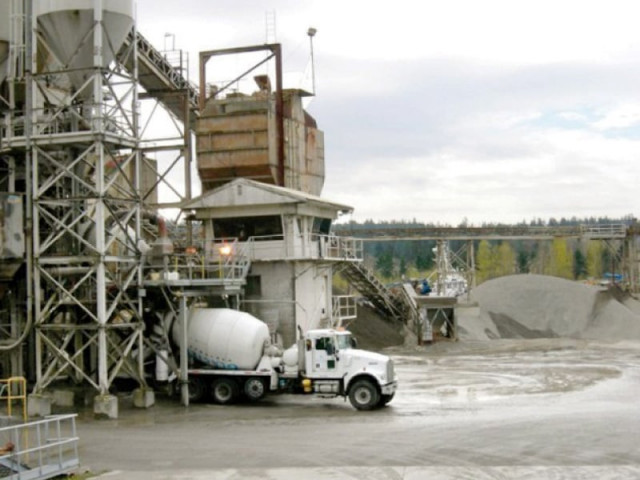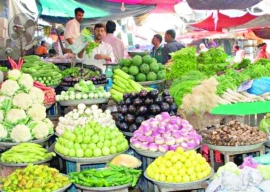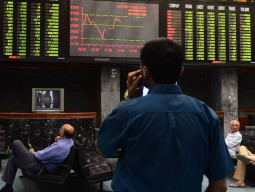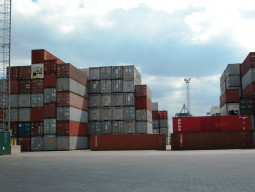
Rising demand and healthy margins have induced cement manufacturers to expand their production capacities aggressively, from the present 49.4 million tons to 72.8 million tons in the next few years, the report said.
Cement prices to shoot as players reach consensus
The surge in demand has been attributed to numerous projects under the Public Sector Development Programme (PSDP) and China-Pakistan Economic Corridor (CPEC) combined with increased demand from private housing schemes, which are said to have bolstered the construction sector over the past few years. “This had a spillover impact on allied segments of cement and steel as well,” the report said.
Besides making a direct contribution of 7.5% to large-scale manufacturing, the industry influences growth in allied segments like steel, chemicals, wood, etc.
At present, there are 24 cement manufacturing units in the country with combined annual installed capacity of 49.4 million tons. The industry operates in two separate zones - north and south - with the northern zone representing around 80% of total production capacity and sales.
Manufacturers in the southern zone have more room for revenue diversification as they can tap a number of export markets via sea. The export potential for manufacturers in the northern zone, however, is limited to Afghanistan and currently undergoing a major transformation as a number of players are planning capacity expansion. Specifically, almost half of the players in the industry have so far announced capacity expansion and more than three million tons have already been added to the capacity in the last fiscal year.
Cement sales recorded at 4.7m tons in March, highest in history
However, the industry’s export prospects remain bleak due to influx of cheap Iranian cement into Afghanistan and imposition of anti-dumping duties on Pakistani cement in South Africa. The two countries are main export destinations for Pakistani cement.
The industry is expected to capitalise on the economies of scale following capacity expansion and gain competitive advantage in potential export destinations. However, the transitional phase at the moment is tough for the industry as the capacity is increasing but sales are not increasing likewise.
According to analysts, coal prices in the international market have surged 35% to $108 per ton, which has increased production cost of the cement industry.
Research analyst Arsalan Ahmed said, “If the industry looks to retain its previous profitability benchmarks, it must increase prices by Rs100 per bag. However, under the circumstances, this cannot be done as there is not enough demand to sustain increased prices.”
Cement prices have been volatile for some time now. An increase in federal excise duty was initially passed on to consumers, but the industry has been readjusting prices every now and then. Although prices have been increased recently in the northern region but, according to reports, it is being sold below the stated price on cement bags.
Another cement sector analyst Farheen Irfan believes that the industry will be under pressure as it is highly likely that Pakistan will again knock doors of the IMF to seek a bailout package.
Published in The Express Tribune, July 13th, 2018.
Like Business on Facebook, follow @TribuneBiz on Twitter to stay informed and join in the conversation.


















COMMENTS
Comments are moderated and generally will be posted if they are on-topic and not abusive.
For more information, please see our Comments FAQ